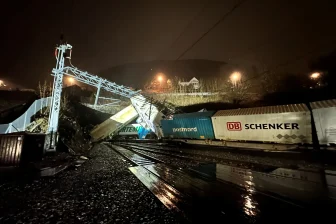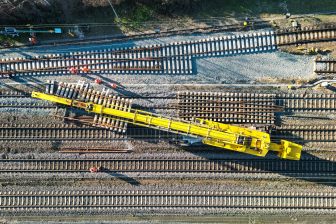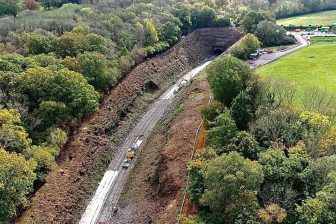
Banedanmark launches rail milling maintenance campaign
Train Tracks on a field near Hillerod in Denmark Shutterstock
The second phase of the 2023 rail milling campaign of Danish railway manager Banedanmark is now in progress. Operations began in Funen, where both sections of the Svendborg Line and portions of the main track are under maintenance. The milling train’s mission is to eliminate small cracks in the tracks to prevent them from expanding.
Want to read more?
You have read all of your free premium articles for this month. Please become a subscriber to keep reading.
Subscribe now!
Take advantage of our exclusive offer to get full access to all premium content.




It is a pity preventative rail grinding was stopped by BD several years ago , now it seems they need to remove 3 mm (3 passes @1 mm each , as stated above) instead of about 0,2 mm which used to be removed when preventative grinding was still done.